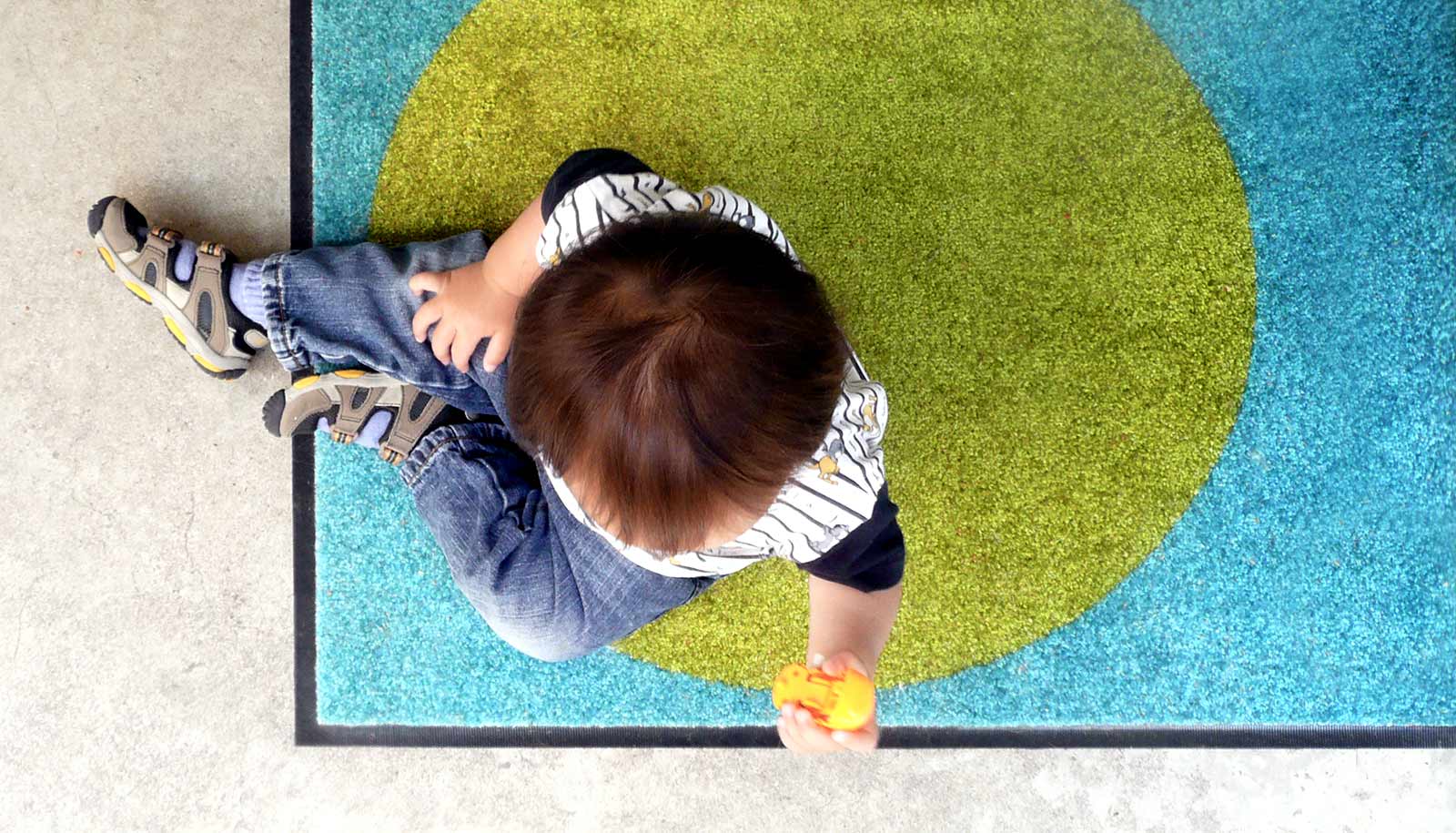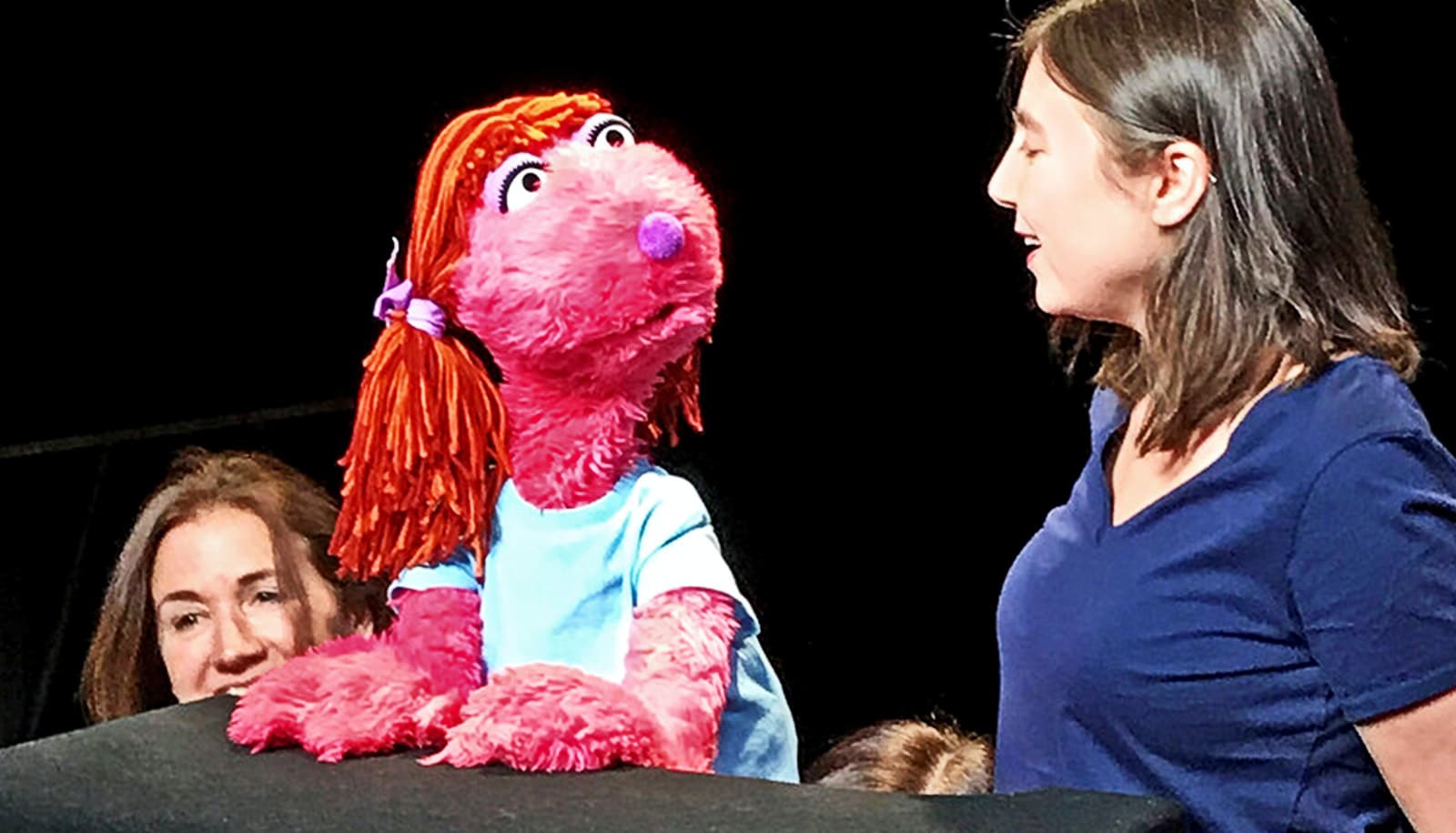In babies that go on to develop autism, the amygdala grows too rapidly beginning between 6 and 12 months of age.
The amygdala is a small structure deep in the brain important for interpreting the social and emotional meaning of sensory input, such as recognizing emotion in faces and interpreting fearful images that let us know about potential dangers in our surroundings.
Historically, the amygdala has been thought to play a prominent role in the difficulties with social behavior that are central to autism. Researchers have long known the amygdala is significantly larger in school-age children diagnosed with autism, but it was unknown precisely when that enlargement occurs.

The findings of the new study in the American Journal of Psychiatry, which used magnetic resonance imaging (MRI), show that the overgrowth begins between 6 and 12 months of age, before the characteristics of autism fully emerge, potentially enabling the earliest identification of this condition.
The study also shows that increased growth of the amygdala in infants who were later diagnosed with autism differed markedly from brain-growth patterns in babies with another neurodevelopmental disorder, fragile X syndrome, where no differences in amygdala growth were observed.
The research found that infants with fragile X syndrome already exhibit cognitive delays at 6 months of age. Infants who will later be diagnosed with autism do not show any deficits in cognitive ability at 6 months but have a gradual decline in cognitive ability between 6 and 24 months, the age when they were diagnosed with autism spectrum disorder in this study.
“We are getting closer to understanding why autism occurs by learning more about brain growth alterations early during development…”
“We also found that the rate of amygdala overgrowth in the first year is linked to the child’s social deficits at age two,” says first author Mark Shen, assistant professor of psychiatry and neuroscience at the University of North Carolina Chapel Hill and faculty of the Carolina Institute for Developmental Disabilities. “The faster the amygdala grew in infancy, the more social difficulties the child showed when diagnosed with autism a year later.”
Earlier studies revealed that even though the social deficits that are a hallmark of autism are not present at 6 months of age, infants who go on to develop autism have altered attention to visual stimuli in their surroundings in the first year of life. The authors hypothesize that these early alterations with processing visual and sensory information may place increased stress on the amygdala, leading to its overgrowth.
“We are getting closer to understanding why autism occurs by learning more about brain growth alterations early during development, in this case how amygdala growth may be influenced by early sensory processing difficulties and, conversely, how amygdala growth alterations may influence a baby’s interaction with their environment,” says Stephen Dager, professor of radiology in the University of Washington School of Medicine and an adjunct professor of bioengineering.
“By assessing and monitoring development in infants who have a family history of autism, we can learn better ways to support caregivers and work on finding innovative ways to help infants reach their fullest potential,” says Annette Estes, director of the University of Washington Autism Center.
Additional coauthors are from the Children’s Hospital of Philadelphia, the University of Pennsylvania, the University of Minnesota, New York University, the University of Texas at Dallas, Washington University, the University of Alberta, and McGill University.
The Eunice Kennedy Shriver National Institute of Child Health and Human Development, National Institute of Environmental Health Sciences, and National Institute of Mental Health, Autism Speaks, and the Simons Foundation funded the work.
Source: University of Washington



